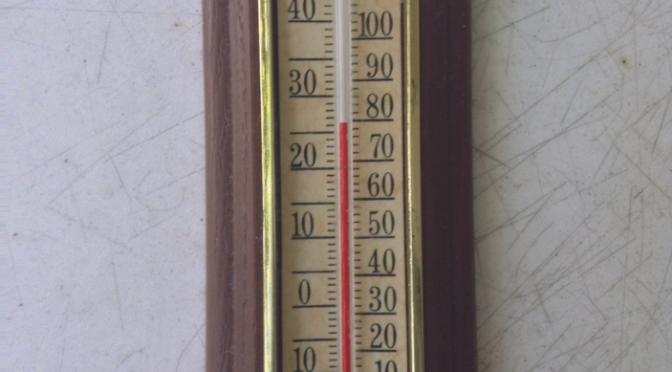Every year the gulf reaches temperatures that can cause hypothermia. What happens when your body’s core temperature drops is your body will prepare for a potentially fatal situation. It will allocate it’s resources to mantain life for as long as possible. You know this is occurring when two primary things happen.
When your super cold you will find your body beginning to shiver. Your body is attempting to prevent hypothermia. The uncontrolable shaking is an attempt to maintain warmth. The shaking is creating warmth by expending energy. Shivering is a common reaction to exposing the body to super cold temperatures.
The body also attempts to prevent hypothermia by drawing blood from the extremities into the core of the body. When this happens you will find your extremities going numb. The failure of the warm blood to rush through the veins of your extremities will increase the cooling effects of extreme cold. This increased numbness when struck with extreme cold is also common.
There are a couple ways to combat the cold. Some people wear a hood, but the hood restricts your vision. The most effective way to combat cold temperatures is to wear a thick wetsuit. For many years the 3 mil wetsuit was the ideal, but with the advances in wetsuit technology the 4 mil wetsuit is a very useful piece of equipment. Wetsuit manufacturers are now combining spandex with the neoprene. This hybrid material is highly flexible when compared to only/mainly neoprene, as wetsuits used to be. The material is just as warm as entirely neoprene wetsuits. You can also wear gloves or booties. Both are useful, but neither are necessary. Any of these tools can help combat the cold.
You can make your surf experience much more comfortable by being prepared for cold temperatures. When hypothermia starts to set in you are less able to move. The cold quickly reduce the amount of waves you are capable of catching. Combat the cold, surf better, and surf longer.





